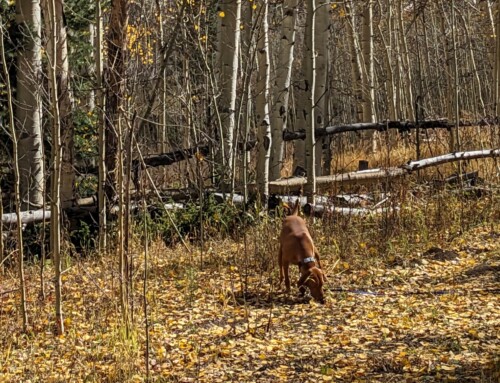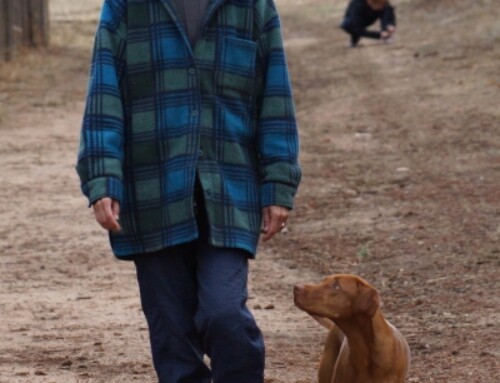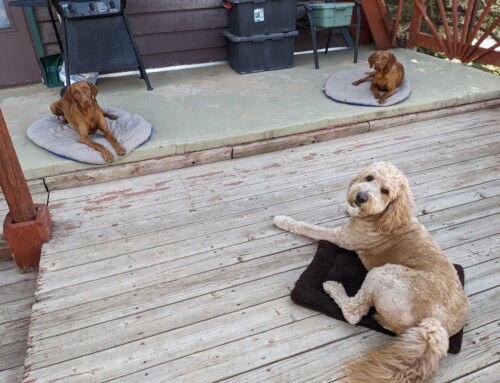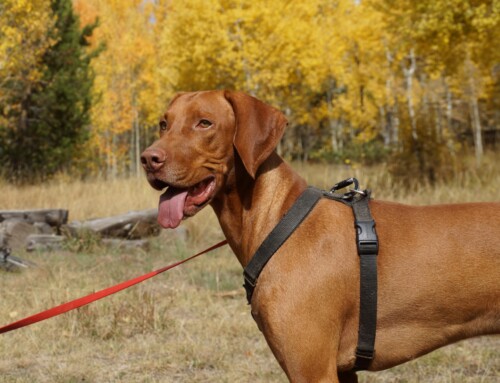DOG TRAINING OFFERED IN-PERSON AND ONLINEOur dog training services are delivered in almost any format that meets your needs. We have GROUP CLASSES at our indoor and outdoor facilities on our farm, ONLINE LIVE STREAMING classes, and SELF-PACED VIDEO-BASED training through our Online Dog Training Course. Our PRIVATE TRAININGS can be done in-home, outside, in public dog-friendly locations, at our facility on our farm, online via phone or video conferencing and through email. |
If you know anything about living with a puppy, you will expect some nipping, biting, or mouthing sort of behaviors. It's just a fact of life when you live with a puppy. The question, though, is how long does that behavior actually last? Does a puppy just outgrow it at some point?
This is where the real trouble begins. . . We think this dog, who is not full grown yet, but no longer looks like that cute tiny puppy you brought home, should have stopped this behavior by now. But he hasn't. Didn't your puppy listen to those people who told you it was a puppy behavior and he would outgrow it? Didn't he see that internet site that says he should have outgrown it by this age?
First, let's get this out of the way: there is no magic age at which all dogs outgrow that nippy/bitey/mouthy behavior! While some will outgrow it on their own, others will not. Some might outgrow it by six months, other by a year old, and yet others by two years old. Some will not outgrow it without some help.
Typically, puppies lose their puppy teeth in the four to six month old range. By the time the adult teeth are in, many puppies have significantly decreased their nippy behaviors. Others have not. Some will go through another chewing, mouthy phase while the adult teeth are settling in or have already settled in. Sometimes the behavior will get better for a while and then get worse again.
My recommendation is always to assume your puppy will not magically outgrow the behaviors but will need some help. From the get-go, you should be actively helping your pup learn WHAT to put his mouth on and what NOT to put his mouth on. Toys, yes. Human skin, no. Chews such as bully sticks or tendons, yes. Human clothing, no. More toys, yes. Furniture, no. Sticks, maybe. Shoes, no. From the start, be guiding the behavior so your dog develops good habits. If he feels the need to chew or put his mouth on something, show him what is acceptable to use. And guide him away from what is not appropriate.
Then you won't have to worry about when your dog outgrows that stage – or if they will outgrow it! – because it won't matter so much.
Our goal is to positively impact the lives of as many dogs and their families as we can, in part through our extensive library of video, infographics and text articles. 
|












